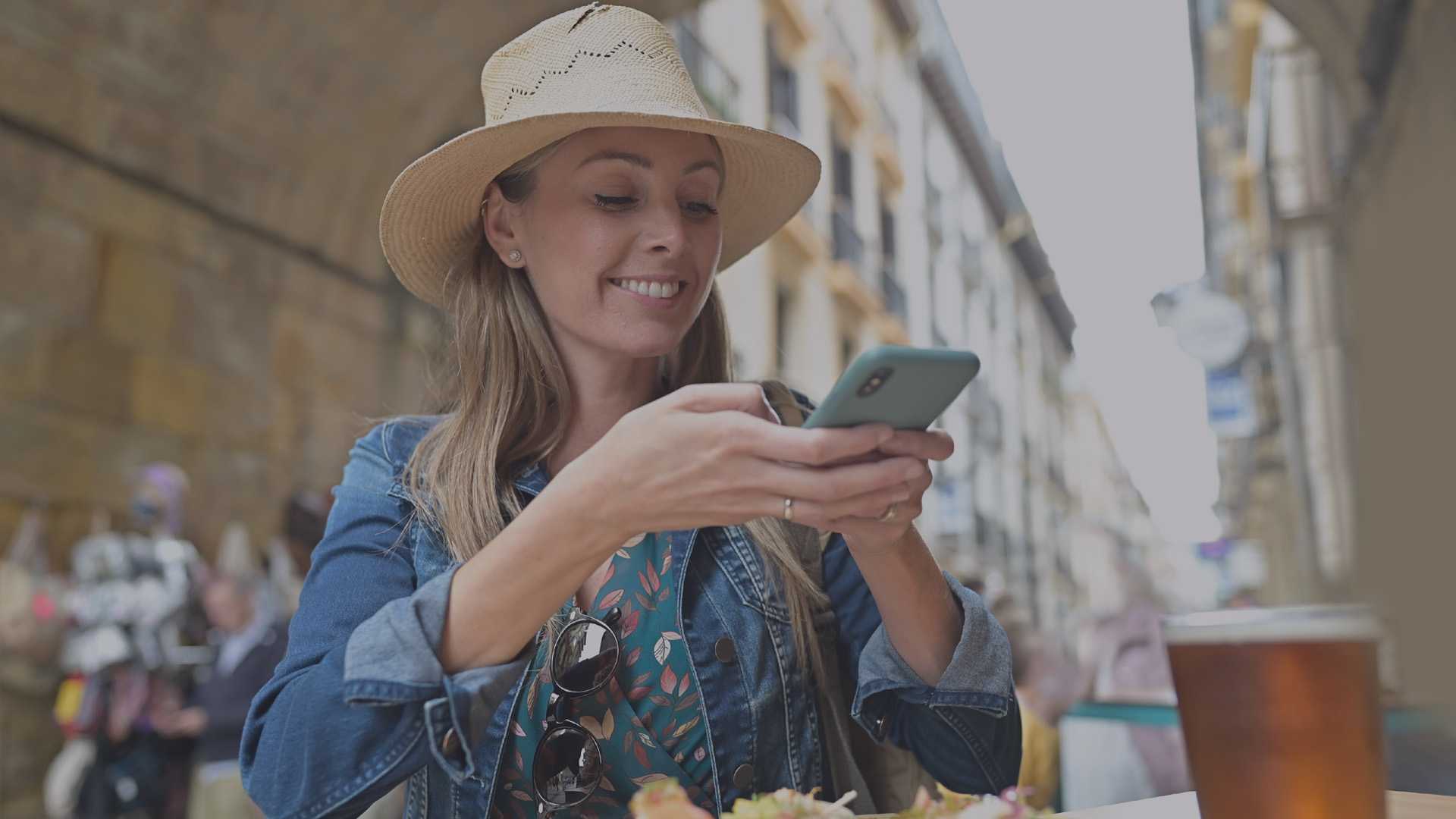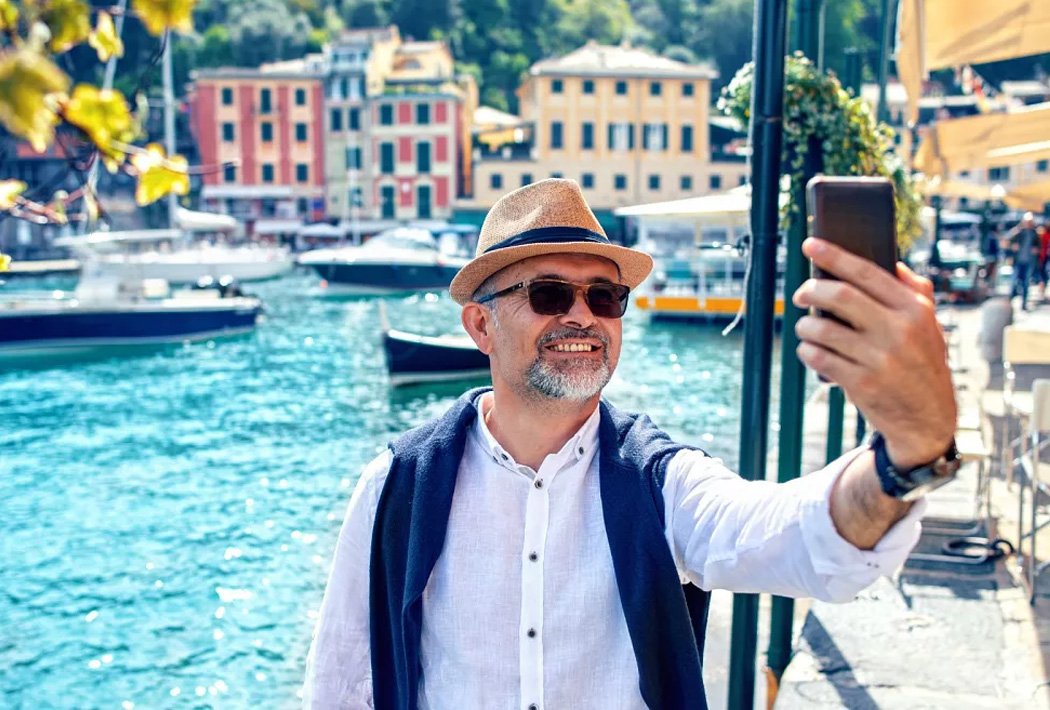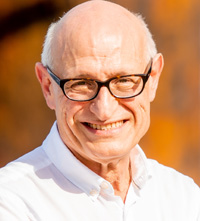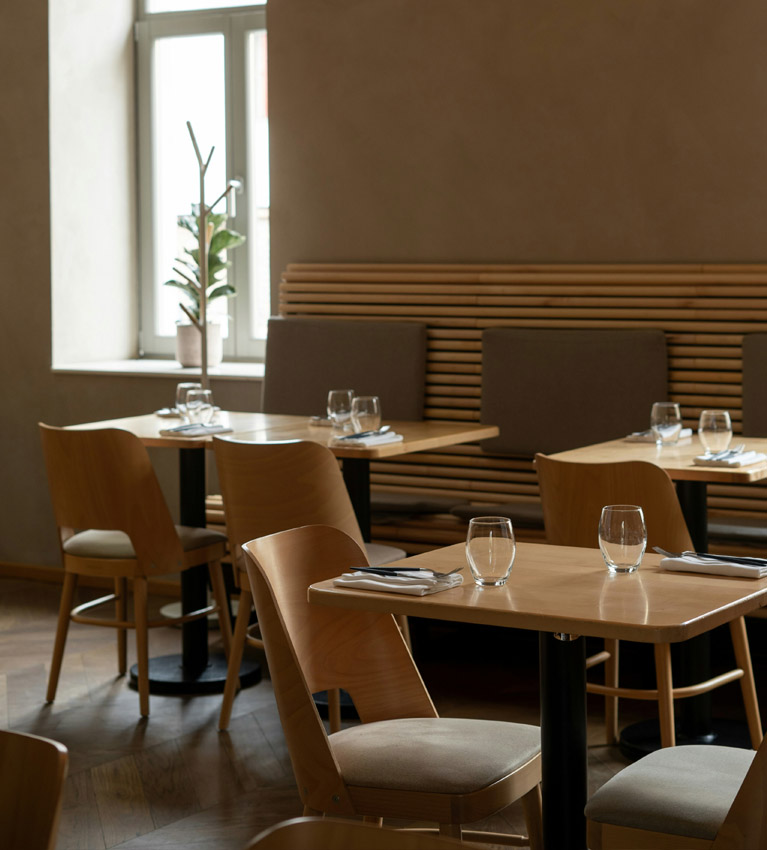
Let’s Look After Our Own Time Travellers
January 27, 2024

Mercury in St Julians: Where Hospitality and Culinary Excellence Converge
January 25, 2024
Interior Design – Adaptive Reuse
January 31, 2024What is someone who goes from one country to another called? Tourist, traveller? And what, if any, is the difference? Does anyone care? After all, one of the most quoted pieces of literature must surely be, ‘What's in a name?
That which we call a rose by any other name would smell just as sweet.’ If these words from William Shakespeare are still considered wise after all these centuries, why quibble about what we call visitors? They come, they see, they eat, they contribute to the economy. Their name is irrelevant.
Notwithstanding this, the words tourist and traveller have slowly morphed to mean two distinct things. The tourists are those who travel en masse, follow itineraries rigidly, visit all the recommended places and move around reading all that the guidebooks tell them. Hurrah to these people as they contribute in no small way to the economies of the world. They definitely – in their hordes, in their ideas and ideals – keep the cash tills of Malta going and full.
Yet in today’s world, where more emphasis is being laid on sustainability, the traveller is increasingly being seen as a more welcome visitor. The traveller is more of a solitary breed, more intent on seeing and experiencing the country visited in a respectful way, more ready to assimilate and circulate with the people of the land.
It is ironic that if it weren’t for the huge numbers visiting historic sites and thus contributing to their upkeep, these historic sites would, or could, fall into disrepair. The sites might even end up not being visited and turn into ghost areas; what then would their contribution to world heritage be?
The huge numbers of incoming tourists are needed. Therefore mass entertainment, good international food, and anything that attracts the numbers of tourists – let’s call them the tourists as opposed to travellers – have to be kept going, encouraged and marketed. But the moment is now ripe for more effort to be made in the ways we attract and treat visitors.
Trends in tourism, after all, especially after the horrific effects of the COVID pandemic, are changing. The biggest change is in the way people are shifting from being tourists to becoming travellers. The trend now is to travel, travel light, travel differently, immersing yourself in a different culture and causing as little harm as possible to the land visited. The numbers of this kind of travel still do not make up the majority of visitors – far from it, in fact – but the movement to a drastic change is there. This is especially seen in the young, who will in years to come be the biggest chunk of those who travel.
What might be considered a fad today can, in a shorter span than envisaged, turn into normality.
Should we be investing more not in just reducing the numbers of incoming tourists to attract better quality ones, but especially in finding ways to attract, entertain and get them back for more as individual travellers?

If the trend is for travellers to find out more about our culture and our way of life, if travellers want to experience more wellbeing stays away from their daily grind, should we be looking at our offering as a destination in different ways?
Restaurants, fancier and finer than ever, are not just a boon to locals but also to any visitor whatever they are called. Is it time to take the traveller further into our life, our culture, and the way we eat, live, work, find entertainment and cook?
Wouldn’t it be a step in the right direction if travellers see for themselves the way we grow our produce, graze our cows, and forage for the best ingredients to put on the dinner table?
In an island which to many travellers feels like a city with a few suburbs and very little open space, the joy of finding out how wine is produced, how vines are grown, how olives are turned into oil, how ġbejniet (cheeselets) and pastizzi (cheesecakes) are produced, would be a tale to tell. And maybe to repeat.
Some ecotourism is already being offered; but the idea would be to incentivise more locals, more Maltese people who work in industries which are dying out or which are creative, to participate in relating their stories to visitors.
From food preparation to bellringing, bread baking, gilding, art and architectural restoration, fishing, statue sculpting and feast statue lifting, għana (Maltese folk singing), artists’ atelier visits, carnival float building, all these and much more can be experienced. Or at least the ones involved in these lines can share their experiences and maybe the travellers are then asked to have a go at whatever is being produced or created.
Can it easily be done? Will it rake in enough revenue? Are the markets for such ideas easily reached? Is it an odd idea?
Maybe not. But they are ideas to look into as we head into a time where, with climate change leading to extreme heat, we might need to find creative ways to keep the traveller coming and immersed in our local experience. And thus keep our economy going.
Even walking is an avenue we can consider. Cars and all other modes of transport have turned us, as a nation, into lazy beings, doing our utmost to get from one place to another with the least effort possible, sometimes taking longer to get there than if we walked. People on holiday, the true traveller, will walk with no destination. They don’t need trails; they want to get lost walking around, wandering, immersing themselves not just in the culture but also in the geography.
Some of these experiences might sound outlandish and it may be hard to envisage how they can be achieved. However, the more we think out of the box, the more we try to find more meaningful and experiential ways of promoting our islands, the more we stand a chance of being not just attractive as a destination but outstanding.
The traveller out there is, for now, a minority. Tomorrow they might be the majority. Let’s think of travellers today and treat them like special people who have a message from the future. They should be treated like time travellers who might also help make our country’s tourism more sustainable. And more enjoyable all around.

Victor Calleja
Victor Calleja is a writer and columnist for Malta’s leading newspaper. For a number of years he edited Insider, a gastronomy and hospitality magazine. He also edited Archetype, centred around urban living. Victor loves anything connected to words, food, travel, and storytelling.
vc@victorcalleja.com
Click here to see Horeca Issue 14 online



